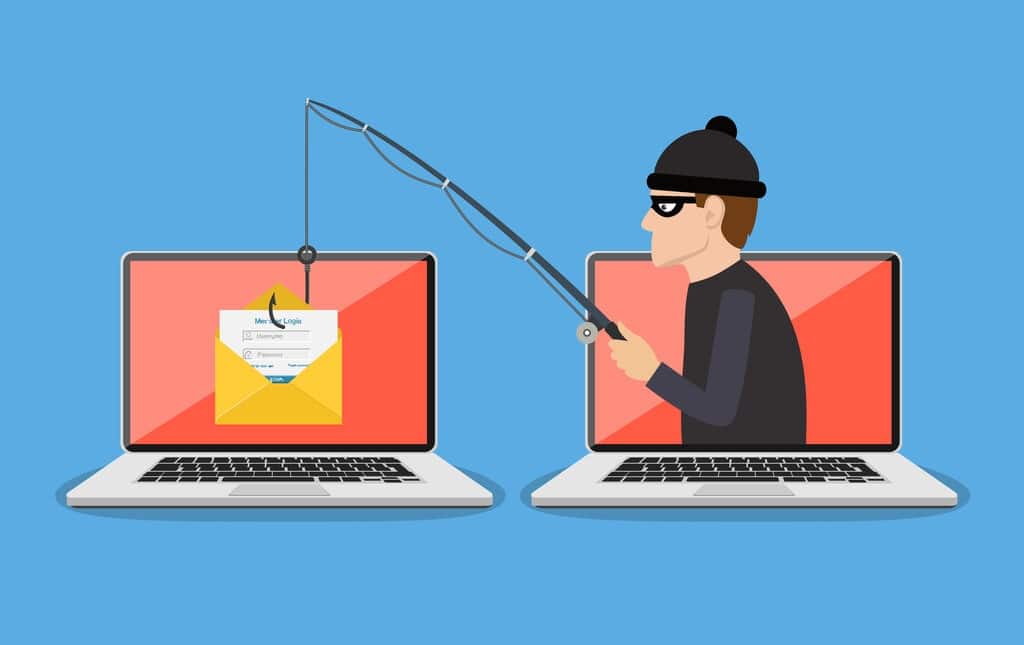Surely you’ve heard of the terrible phishing, but do you know what it is? As technology improves, cybersecurity threats also increase. One of the most popular is called Phishing.
HOT- All about malware- viruses, trojans, spyware, and other threats >>
This type of attack tries to deceive us so that we give our personal data into believing that we give it to a trustworthy company or person. Still, in reality, on the other side of the computer, there is a cybercriminal who will make use of our bank accounts or passwords.
The scammer, known as a phisher, uses social engineering techniques, posing as a trusted person or company belonging to the official one, usually using an email, or instant messaging system, social networks, SMS / MMS, or even using telephone calls.
Why is it called Phishing? It is very easy to refer to fishing, but instead of fish, the users of an email, for example, are the ones who take the bait. And it is quite dangerous since it points to your important data.
This technique is one of the most popular in cybercrime because it is straightforward to perform. Cybercriminals, or Phishers, not only try to steal the identity of anonymous people, but they also take advantage of the dismissal of employees to obtain confidential information of any company.
Phishing attacks are usually carried out via e-mail, SMS, social network, even by phone, and each receives a different name. But how can we avoid being the victim of a phishing attack? It’s very simple; we just have to follow three steps.
First, we shouldn’t respond directly to these kinds of messages. Banks and large companies usually don’t use SMS or email to request personal data.
Secondly, you don’t need to click on the links that appear in the emails. Make sure the website address is safe.
Third, if you suspect that you have suffered a phishing attack, change all your passwords and contact your bank or whoever has stolen your data.
Distinguishing one phishing message from another legitimate one may not be easy for a user who has received an email with such characteristics, especially when it is, in fact, a customer of the financial institution the message is supposed to come from.
The From field of the message shows the address of the company in question. However, it is easy for the scammer to change the source address displayed in any mail client.
The e-mail message features the logos or images that were gleaned from the actual website to which the fraudulent message relates.
The link shown appears to point to the company’s original website but actually leads to a fraudulent website, which will ask for user data, passwords, etc.
Normally these emails have grammatical errors or modified words, which are not usual in the communications of the entity they are trying to get through.
If you receive such a phishing email, ignore it and never reply.
Check that the web page has a secure address starting with https:// and a small closed lock should appear in our browser’s status bar.
Find out how to remove viruses from your Android! >>
Now you know what phishing is and how to avoid it. Be responsible on the web.

